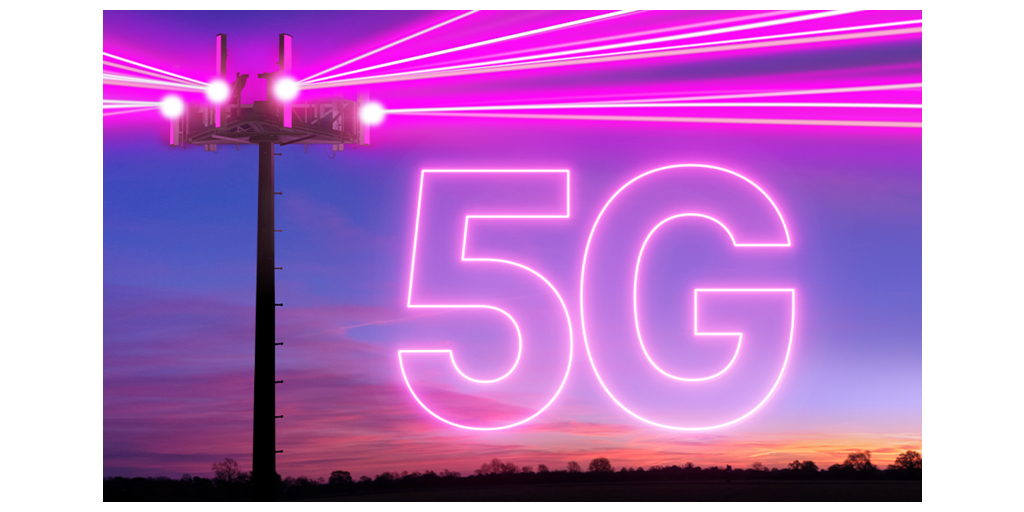East Europe catching up with West over digital TV
Eastern Europe will catch up with the West over the next five years in terms of DTV conversion and will also narrow the gap over pay-TV revenues, according to two reports from Digital TV Research. The current recession gripping much of Europe is an equalizer, hitting digitization and ARPU levels in much of Western Europe with only Germany largely immune to the worst effects. At the same time, the greater level of saturation in Western Europe has put pressure on ARPU while reducing scope for pay-TV expansion.
The result is that total revenues will remain flat despite modest growth in pay-TV services in the western countries, according to the Digital TV Western Europe report. While the number of pay TV subscriptions will grow by nearly 10 million between 2011 and 2017 (to reach 104 million in Western Europe), this will be offset by a fall in ARPU in most countries and the main platforms.
“The pay-TV arena is more competitive than ever as IPTV platforms launch and as cable operators’ upgrade,” said report author Simon Murray. “Furthermore, rapid growth in higher-speed broadband connections allows more online video viewing. So, cable operators now offer cheaper and scaled-down basic TV packages to retain subs and to attract new ones. The knock-off effect saw DTH operators also dropping their basic package prices and reducing channel choice.”
TV ARPU also falls as a result of cable operators and Telcos converting their subscribers to double-play or triple-play bundles.
“These subscribers provide operators with higher overall ARPU than standalone TV subscribers, but lower TV ARPU,” said Murray, adding that this factor was amplified by the economic slowdown.
In Eastern Europe, by contrast, ARPU will rise slowly over the next five years as services expand, driving total pay TV revenues up by 35 percent from 5.78 billion in 2012 to $7.81 billion in 2017. Part of this increased revenue will be generated by a growth in the pay TV subscriber base as well, which will rise from 53 million homes or 47-percent penetration in 2012, to 71 million homes or 61-percent penetration in 2017.
Eastern Europe will also be playing catch up over digital TV penetration. The year 2012 will prove a watershed here as the number of digital homes overtakes the analogue total for the first time according to the Digital TV Eastern Europe report, which predicts it will then nearly double by 2017 to reach 112 million. Ten of the 15 countries will be completely digital by then, with Estonia the first to convert fully in 2012. Russia will add more than 26 million digital homes between 2012 and 2017, with the Ukraine up by more than 10 million.
The professional video industry's #1 source for news, trends and product and tech information. Sign up below.
Even so, the recession is having an impact on the TV sector in this region, causing delays to several digital terrestrial roll-outs. But, this could be a blessing for pay TV operators, since it gives them more time to convert homes to their packages before Free To Air DTT becomes established, as has happened in Poland and Romania, according to the report.
Meanwhile, Western Europe will not reach full digital TV penetration until 2017, despite the level being 85 percent at the end of 2011 and passing the 150 million mark during the summer of 2012. The last 15 percent will prove a sticking point, partly because a number of cable homes have basic packages that come bundled in with the rent. This will be the case in Portugal, where analog DTH signals will cease in 2012 and the last analog terrestrial home will be switched off in 2013. But the remaining cable homes will take longer to convert.
“Operators have difficulties in accessing these households as they have to persuade landlords and housing committees to upgrade to digital,” said Murray.
In total, six Western European countries will not reach full digital TV conversion until after the end of 2015, although Switzerland, which currently has the lowest digital penetration rate in the region, will rapidly convert from the 56-percent penetration it recorded at the end of 2011.
